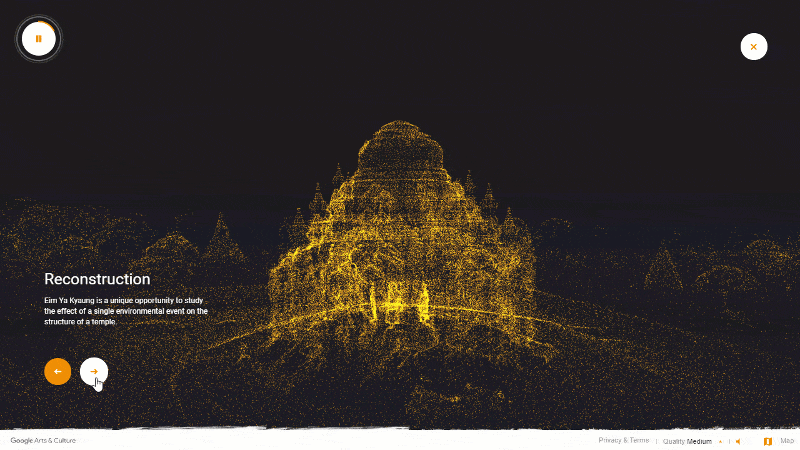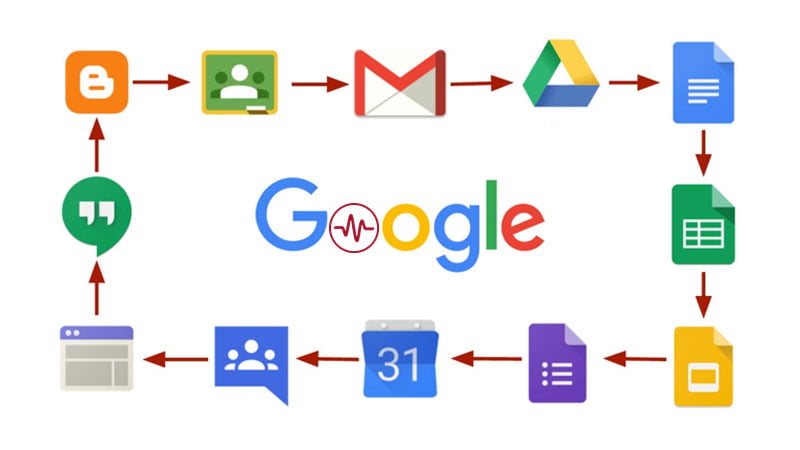Original article Published here >
When Ben Kacyra watched on TV as the Taliban destroyed 1,500 year-old Buddhist statues in Bamiyan, Afghanistan in 2001, he felt compelled to do something. Mr. Kacyra, who happens to be one of the creators of the world’s first three-dimensional laser scanning system, realized that his technology could be used to record monuments at risk of damage due to natural disasters, war, or tourism, so that they could be preserved for future generations.
He founded CyArk, a non-profit that has created the world’s largest and most detailed 3D digital archive of endangered wonders of the world—a lasting record of monuments at risk of disappearing. Now, Google Arts & Culture has partnered with CyArk to open up access to their virtual wonders and share their stories with everyone.
The Ananda Ok Kyaung temple, in Bagan, Myanmar remains closed to visitors due to the damage from a 2016 earthquake. You can now virtually step inside and discover its famous wall paintings.
With modern technology, we can capture these monuments in fuller detail than ever before, including the color and texture of surfaces and the geometry captured by laser scanners with millimeter precision in 3D. These detailed scans can also be used to identify areas of damage and assist restoration efforts.

Eim Ya Kyaung in Bagan, Myanmar. The temple was built in 1242 and was damaged by an earthquake.
The image above shows a structure in Bagan, Myanmar, where a 2016 earthquake damaged many of the city’s famous temples. Before disaster struck however, CyArk’s team had scanned and photographed the site—inside and outside, from the ground and from above. Using the data they collected, we reconstructed Bagan’s key monuments in 3D so you can now travel through this breathtaking place and even step inside the temples using a computer, smartphone or virtual reality viewer like Daydream.
As part of this new online exhibition you can explore stories from over 25 iconic locations across 18 countries around the world, including the Al Azem Palace in war-torn Damascus, Syria and the ancient Mayan metropolis of Chichen Itza in Mexico. For many of the sites, we also developed intricate 3D models that allow you to inspect from every angle, using the new Google Poly 3D viewer on Google Arts & Culture.
Scroll through some of the iconic locations:
Over the past seven years, we’ve partnered with 1,500 museums in over 70 countries to bring their collections online and put more of the world’s culture at your fingertips. This project marks a new chapter for Google Arts & Culture, as it’s the first time we’re putting 3D heritage sites on the platform.
To help the work of restorers, researchers, educators and the entire community working to preserve our cultural heritage, we’re opening up access to the source data collected by CyArk from around the world. Now anyone can apply to download the data, with the help of the Google Cloud Platform.
You don’t need to be an archaeologist to uncover fascinating details in this collection! Discover Google Arts & Culture’s “Open Heritage” project online—or download our free app for iOS or Android.




